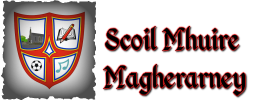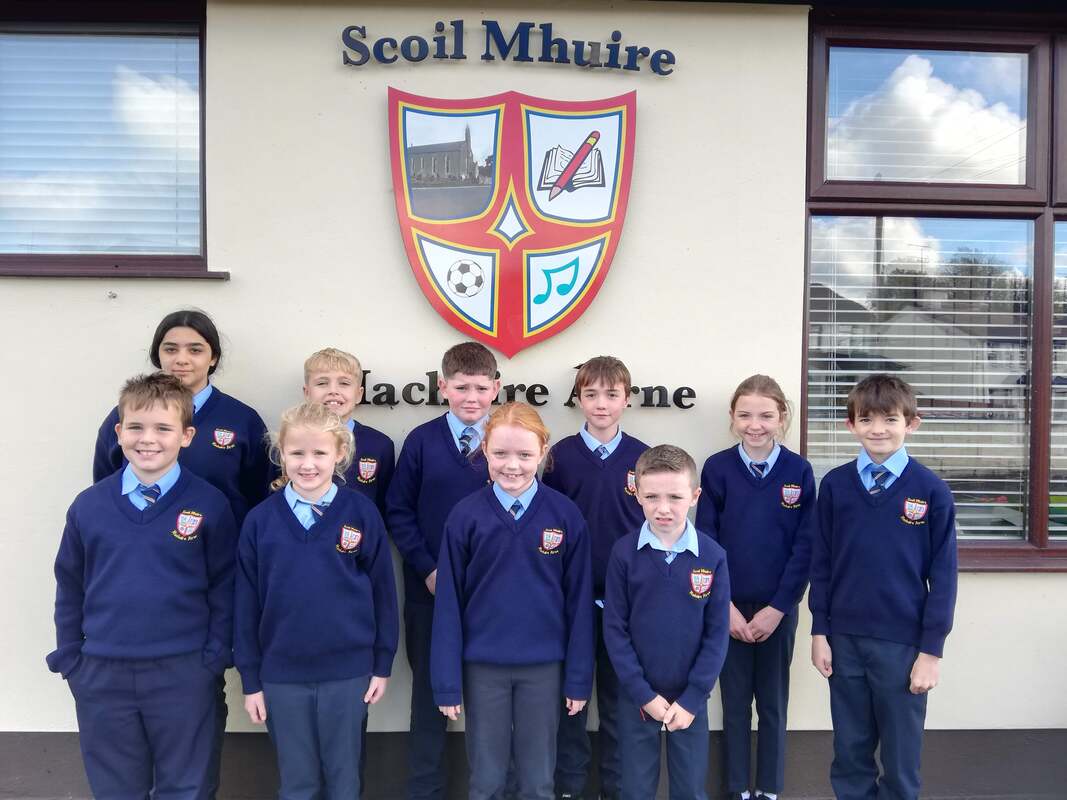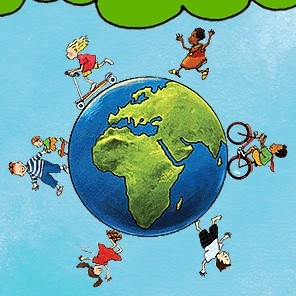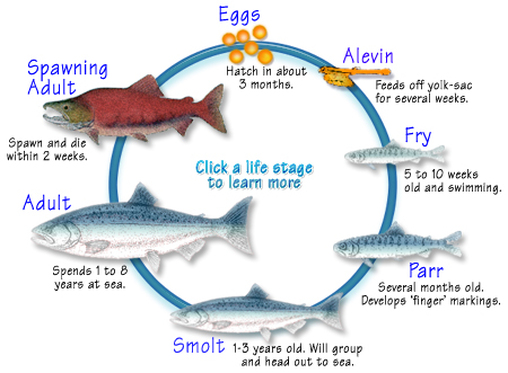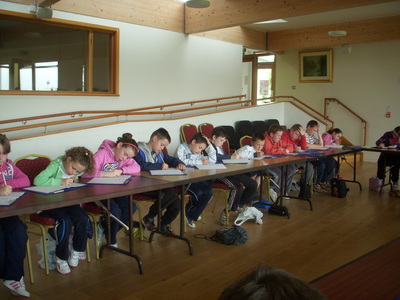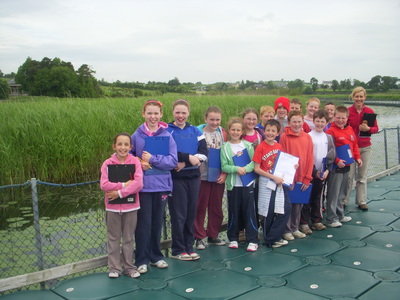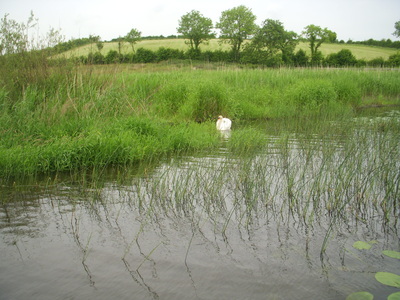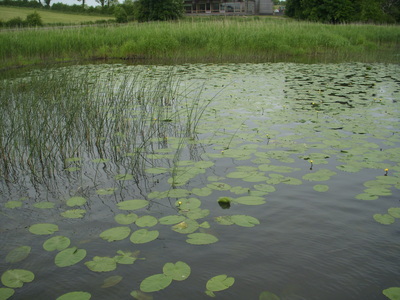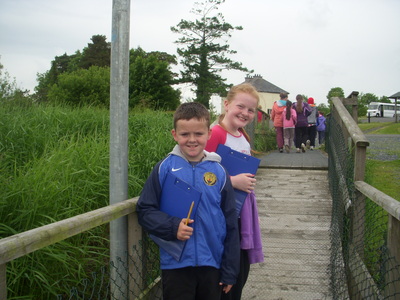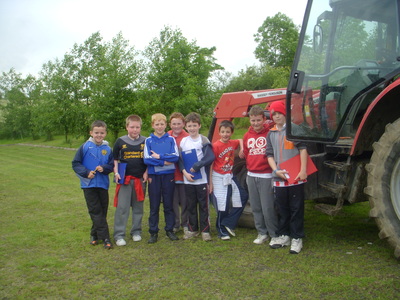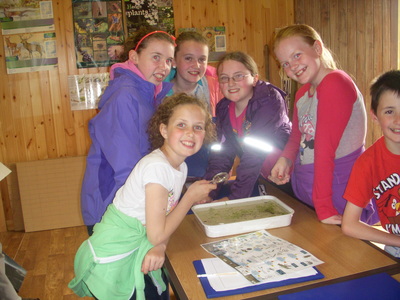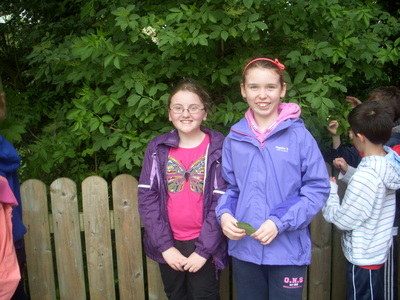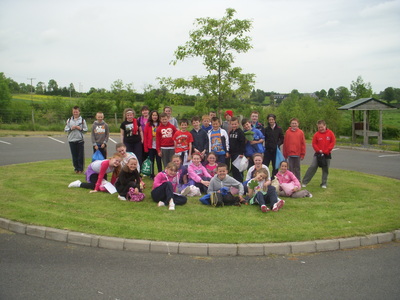- Home
- About Us
- Background of Our School
- Around the Class Rooms
- School Committees
-
School Events
- Creative Schools 2022
- Catholic Schools' Week
- Halloween
- Gaeilge Sa Halla
- Science Week 2014
- Christmas in Scoil Mhuire
- Grandparents Day 2015
- World Book Day
- Birds Of Prey
- Drumming Workshop
- DCU Course Participation
- Sixth Class Graduation
- Quiz Participation
- CBOI - Peace Proms Choir
- Eircom Junior Spider Awards 2014
- Eurcharistic Congress 2012
- The Armagh Rhymers
- Sport
- Parents' Association
- School Calendar 2023-2024
- School Policies
- School Monthly Bulletin
- Home
- About Us
- Background of Our School
- Around the Class Rooms
- School Committees
-
School Events
- Creative Schools 2022
- Catholic Schools' Week
- Halloween
- Gaeilge Sa Halla
- Science Week 2014
- Christmas in Scoil Mhuire
- Grandparents Day 2015
- World Book Day
- Birds Of Prey
- Drumming Workshop
- DCU Course Participation
- Sixth Class Graduation
- Quiz Participation
- CBOI - Peace Proms Choir
- Eircom Junior Spider Awards 2014
- Eurcharistic Congress 2012
- The Armagh Rhymers
- Sport
- Parents' Association
- School Calendar 2023-2024
- School Policies
- School Monthly Bulletin
